The difference between stainless steel reactor and enamel reactor
 Aug 03,2019
Aug 03,2019

 JCT
JCT
I believe that in recent years, as a chemical industry, both stainless steel reactors and enamel reactors have some understanding, so are these two equipments the same? of course not! Let\'s take a look at the structure of the two and help you better analyze the differences between the two to avoid confusion.

1) Use:
From the stainless steel reactor, the main mixing forms are paddle type, anchor paddle type, frame type, ribbon type and combination type. The shape of the enamel reaction kettle is almost the same as that of the stainless steel reaction kettle, and the stirring form is similar. The enamel reactor may be slightly more expensive because of the higher manufacturing requirements.
2) Selection material:
The content of carbon, sulfur, manganese and silicon in the carcass steel sheets and welding rods used in the production of enamel reactors is strictly standard. Many manufacturers use ordinary A3 steel and low-grade welding rods to reduce costs. Equipment made of these materials is used in 搪When the carbon is burned, the carbon and sulfur are vaporized, and a large amount of bubbles are generated between the enamel layer and the steel plate. The enamel reactor is easily blasted by hot and cold shock or vibration. In addition, whether the thickness of the steel plate meets the standard is also a problem that cannot be ignored.
The quality of enamel is directly related to whether the porcelain layer has excellent corrosion resistance and whether it meets the requirements of specific chemical processes. At present, there are many kinds of enamels on the market, and the quality varies greatly. Before purchasing equipment, it is necessary to simulate the production environment to do corrosion-resistant and anti-jerk tests, and confirm that there is no problem to determine the next step.
The stainless steel reactor is relatively simple compared to the material. As long as the requirements of the relevant stainless steel materials are met, the general materials are mainly 304 stainless steel, 321 stainless steel, Q235 carbon steel and 316L stainless steel. If it is special requirement (acid and alkali resistance), it is required. Apply a layer of PTFE Teflon to the area where the inner wall is in contact with the material. The requirements for these materials are generally determined by the characteristics of the product being produced.

3) Maintenance and maintenance:
Stainless steel reactor:
(1) Installation and sealing of the kettle body and the kettle lid: The kettle body and the kettle lid are in contact with the line of the gasket or the tapered surface and the circular arc surface, and they are pressed against each other by tightening the main nut to achieve a good sealing effect. When tightening the nut, it must be diagonally symmetrical. It should be tightened repeatedly by multiple times, and the force should be even. Do not allow the lid to tilt to one side to achieve a good sealing effect. When tightening the main nut, the specified tightening torque should not exceed the range of 40~120N.M to prevent the sealing surface from being crushed or overloaded. Special care should be taken for the sealing surface. Wipe the upper and lower sealing surfaces with a softer paper or cloth before each installation. Pay special attention not to touch the sealing surface of the kettle body and the lid. If it is reasonably operated, it can be used more than 10,000 times. After the sealing surface is broken, it needs to be reworked to achieve good sealing performance. When disassembling the lid, the lid should be lifted up and down slowly to prevent the sealing surfaces between the kettle and the lid from colliding with each other. If the seal is sealed with a gasket (tetrafluoroethylene, aluminum pad, copper pad, asbestos pad, etc.), a good sealing effect can be achieved by tightening the main nut.
(2) Installation of valves, pressure gauges and safety valves By tightening the nuts and nuts, the sealing effect is achieved. The arc sealing surfaces of the two joints must not rotate relative to each other. For all screw couplings, lubricants must be applied during assembly. The oil is blended with graphite to avoid seizure. The use of the valve: the needle valve is sealed, only need to gently rotate the valve needle, the tight cover can achieve a good sealing performance, prohibiting excessive force, so as not to damage the sealing surface.
(3) After the equipment is installed, put a certain amount of nitrogen into the pressure for 30 minutes to check for leaks. If there is any leak, please use soap foam to find the leaking point of the pipeline and nozzle, find out the gas after the gas is tightened, and again Pass the nitrogen pressure test to ensure normal operation after no leakage.
(4) When cooling down, the water can be cooled internally by the cooling coil, and the quick cooling is prohibited to prevent excessive temperature difference stress, causing cracks in the cooling coil and the kettle body. When the temperature in the kettle exceeds 100 °C during operation, the water jacket between the magnetic stirrer and the kettle lid should pass through the cooling water to ensure that the water temperature is less than 35 °C to avoid demagnetization of the magnetic steel.
Enamel reactor:
(1) Prevent the disassembly tool from directly contacting the colliding glassware to avoid mechanical impact damage of the glass lining;
(2) Enter the enamel reaction kettle and wear clean rubber shoes to check whether the glass lining is intact; the flange and the joint are fastened to avoid damage to the surface of the enamel glass due to excessive local stress.
(3) If it is found that the gasket loses its elasticity after disassembly, it should be replaced in time; the clamp used in the equipment should ensure its quality and quantity, and must not be installed with or without the amount of the clamp; The direction is the same, so as to prevent the mixer from reversing and smashing the lining after running.
(4) The mirror glass installed on the reaction kettle is a brittle material, which ensures uniform tightening when tightening, and the pressing force should not be too large. If the local leakage should be added to the pad, avoid local fragmentation and excessive fragmentation.
Welcome to our website: /
Phone: +86-18028192312 0086-18028192312
Mailbox: [email protected]
Thank you very much!


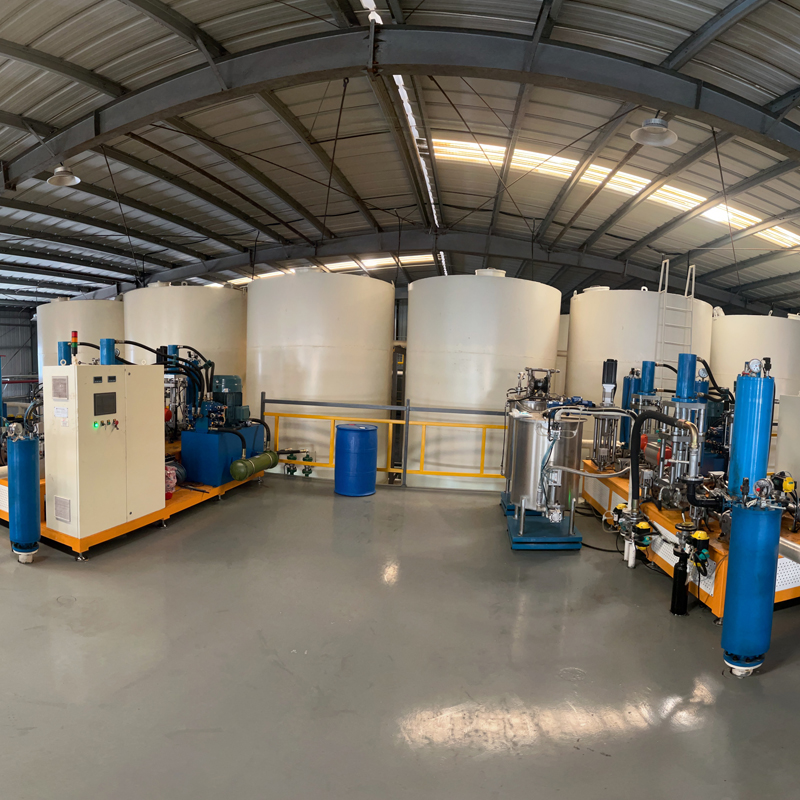
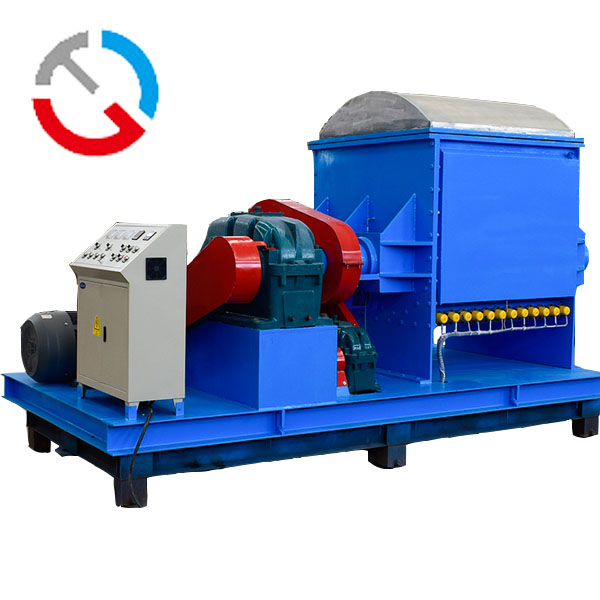
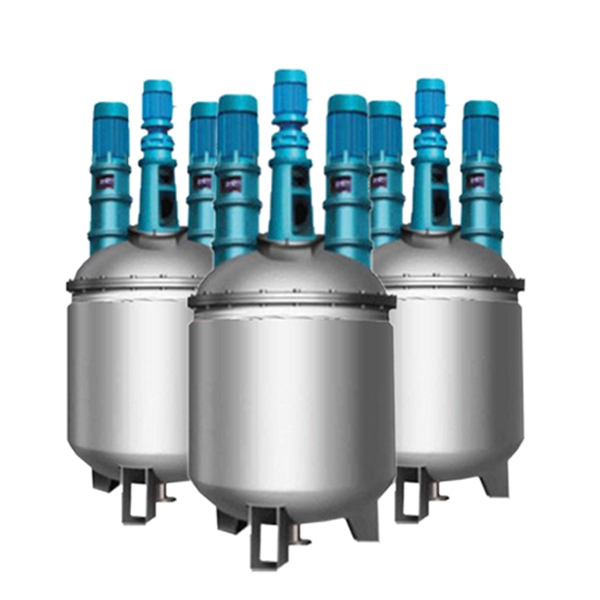
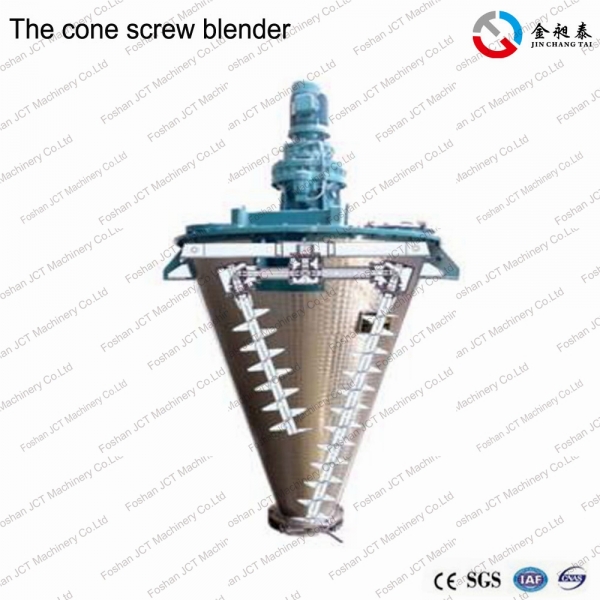
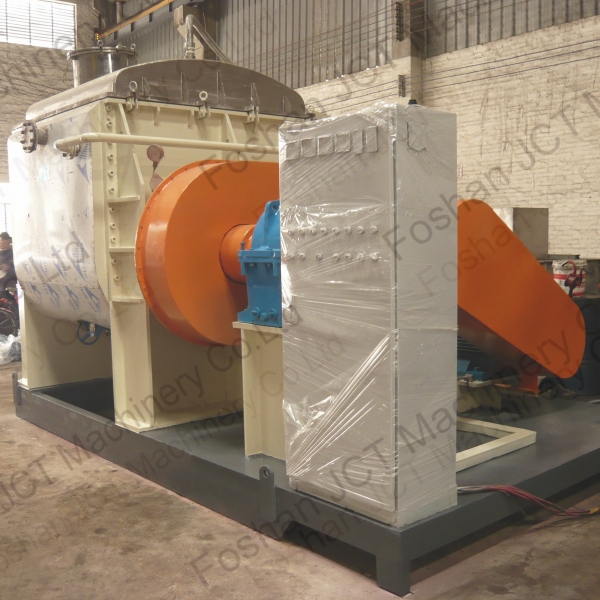
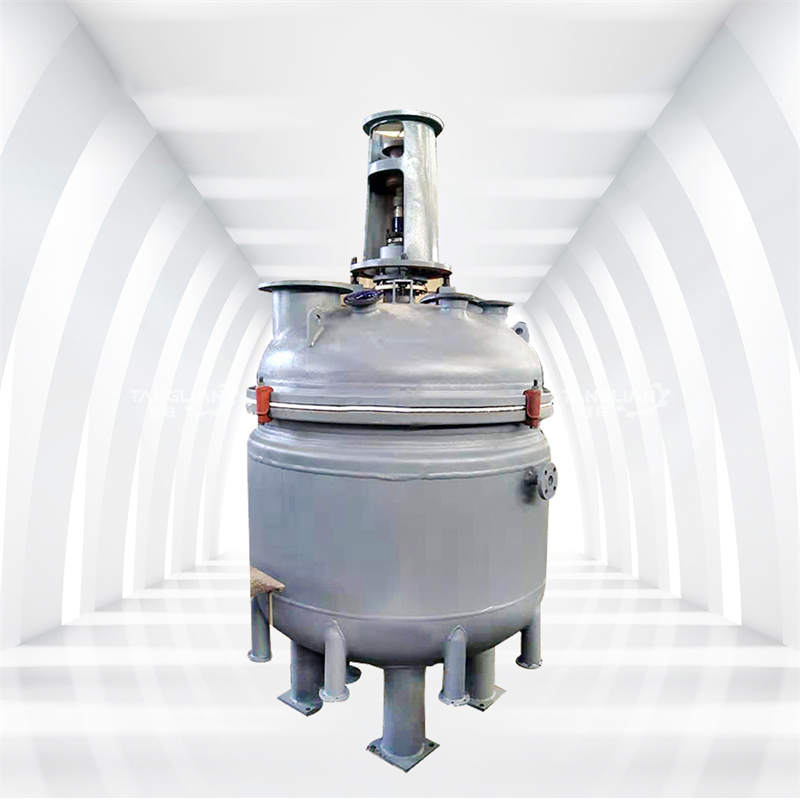
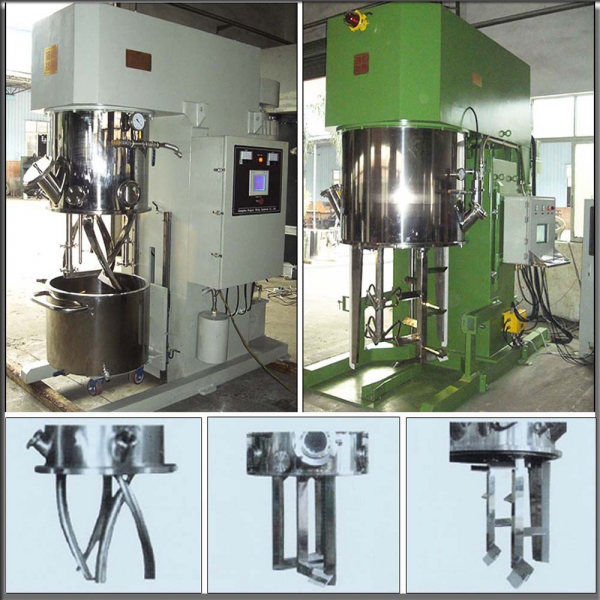


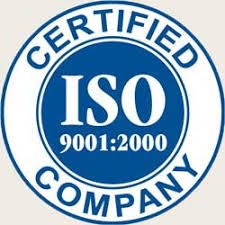


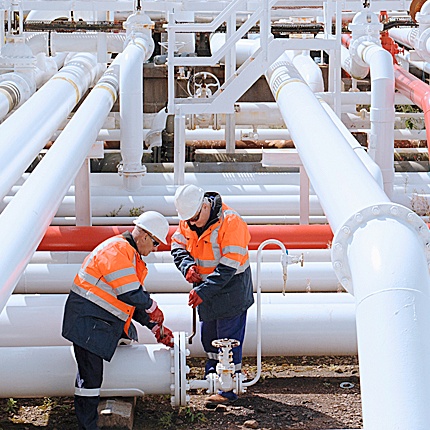
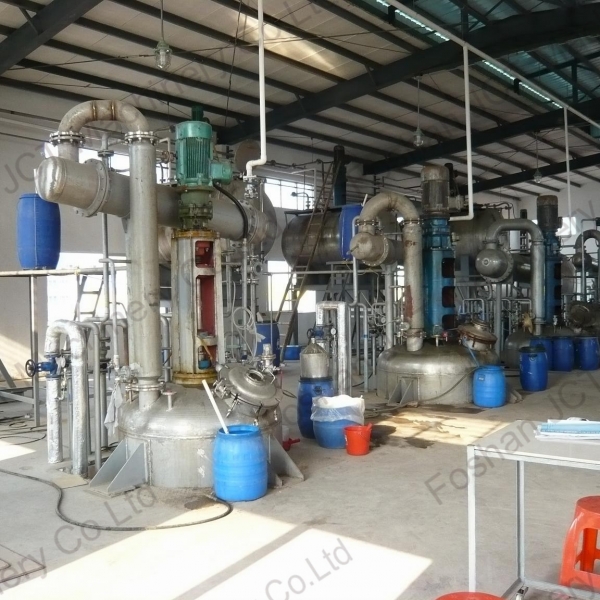
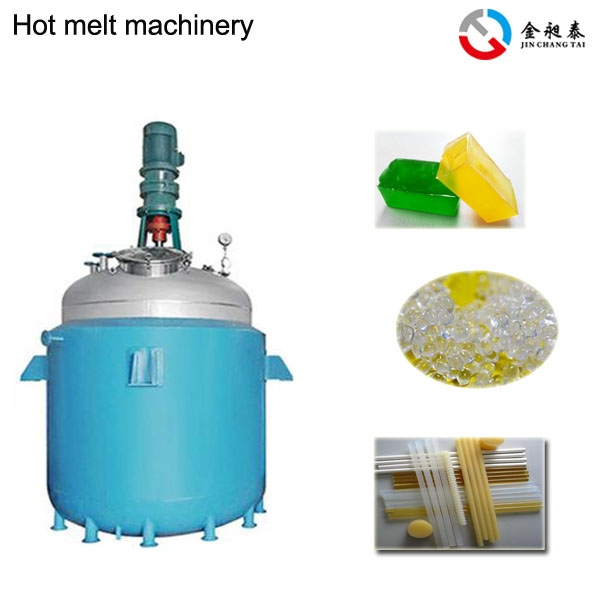
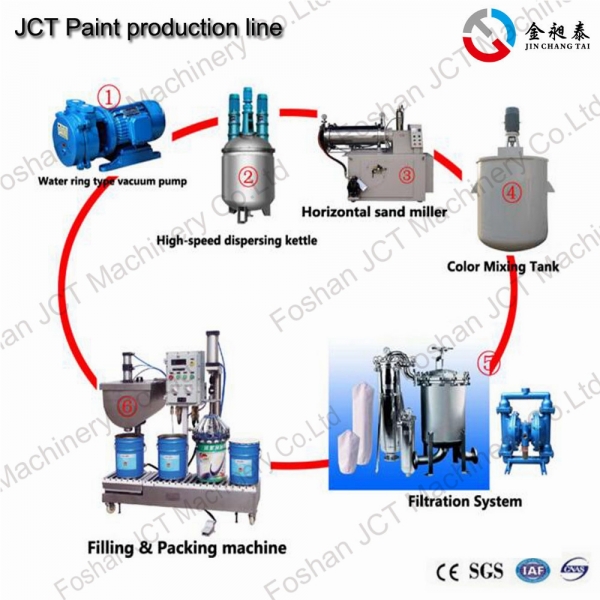
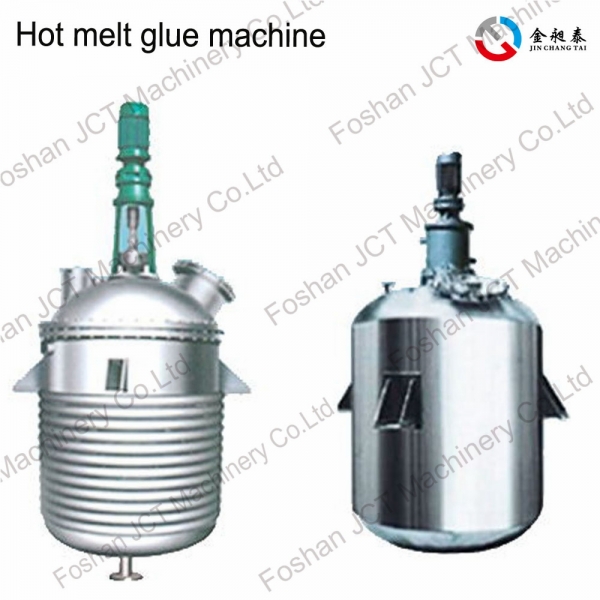
 CN
CN
 HOME
HOME You should know the structure and working principle of these machines!
You should know the structure and working principle of these machines!  You May Also Like
You May Also Like
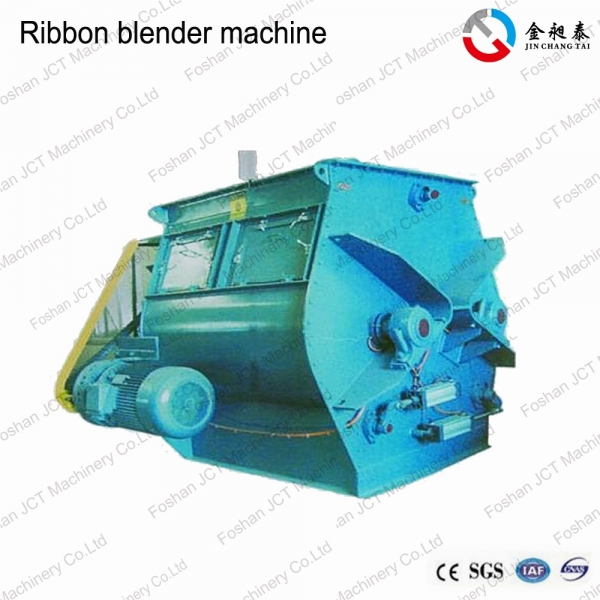

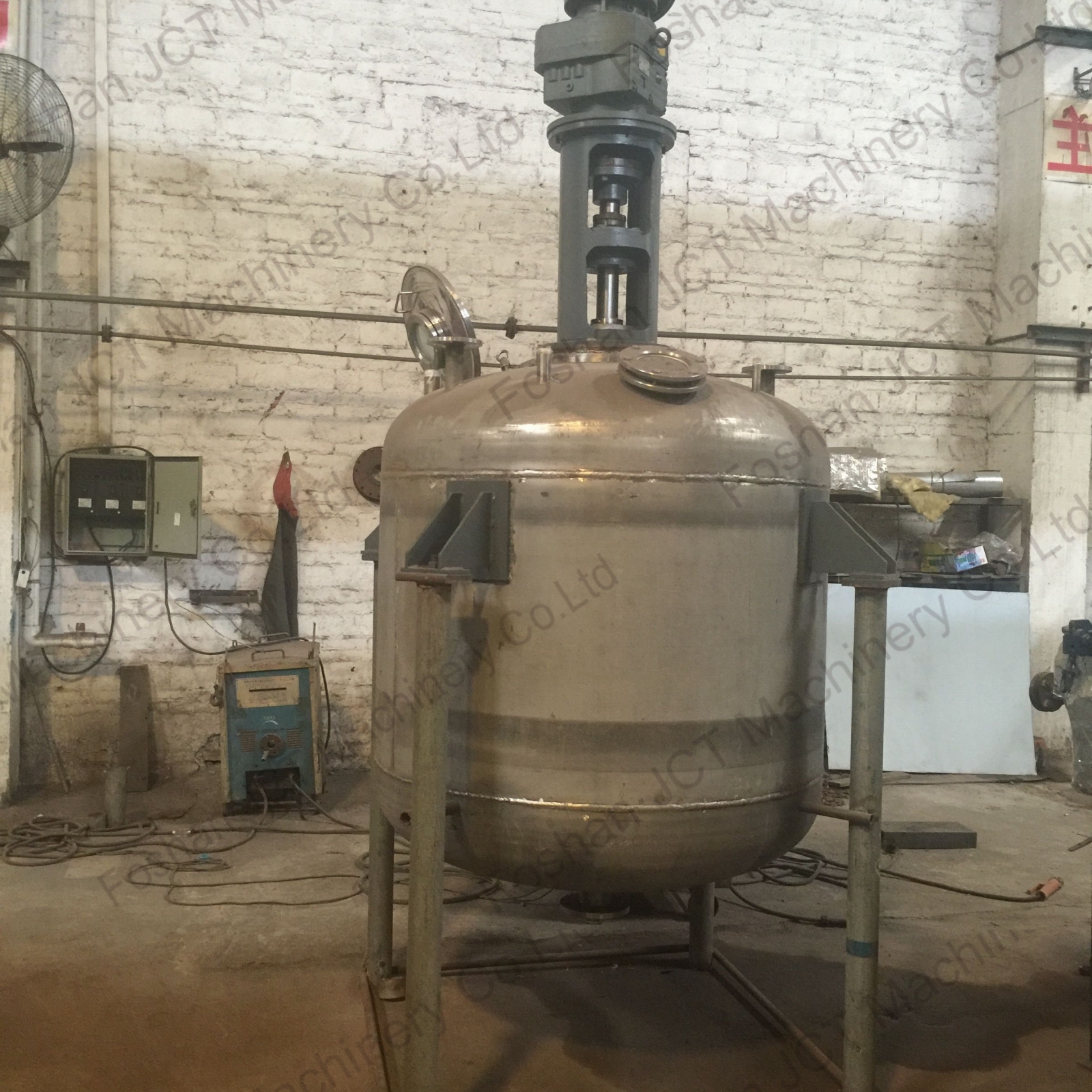
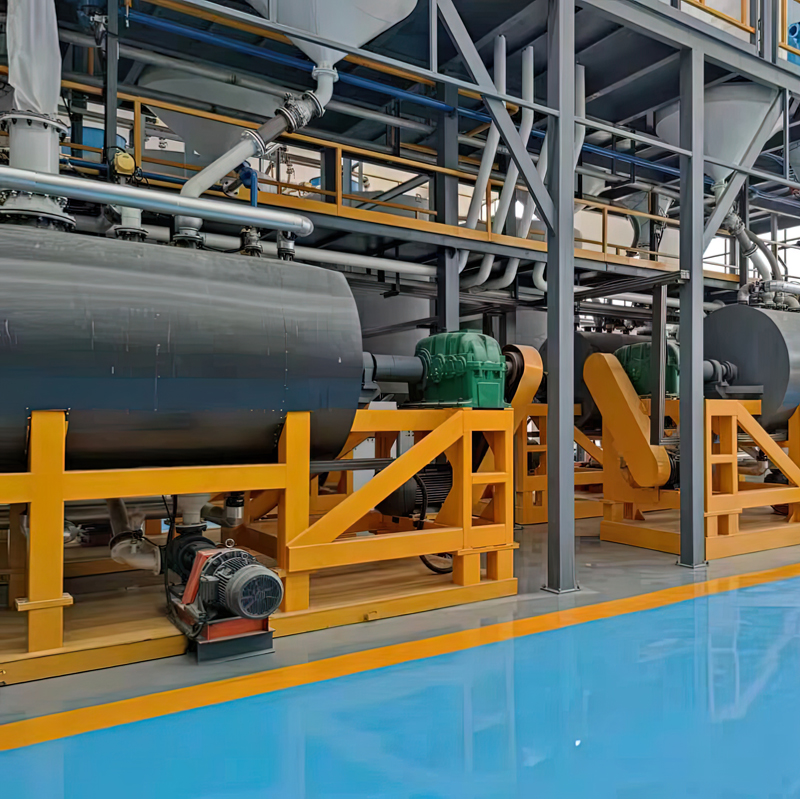

 Tel
Tel
 Email
Email
 Address
Address










